10 Most Significant Cars of the 2010s

As this is written, truckloads of new 2020-model-year vehicles are being dumped off at dealerships. Yup, we have squeezed through yet another decade of semi-civilized life. The 2020s are now upon us. So looking back on the 2010s, what will be the cars that are remembered? The ones that mattered? There's no better intro to a list story than some rhetorical questions.
These are my picks for the top 10 cars that mattered during this fading decade. Some of them were hits, some were flops, and some flat kicked ass. The immediate future of wheeled transportation, competition, and entertainment will be fueled by the standards these machines have set.

All opinions are my own. If you don't like it, badmouth me in the comments, slam me on Twitter, or Facebook a fart at me. Just don't ignore me. I'm desperate for attention.
Here, in no discernible order, are the 10 Most Important Cars of the 2010s according to me.
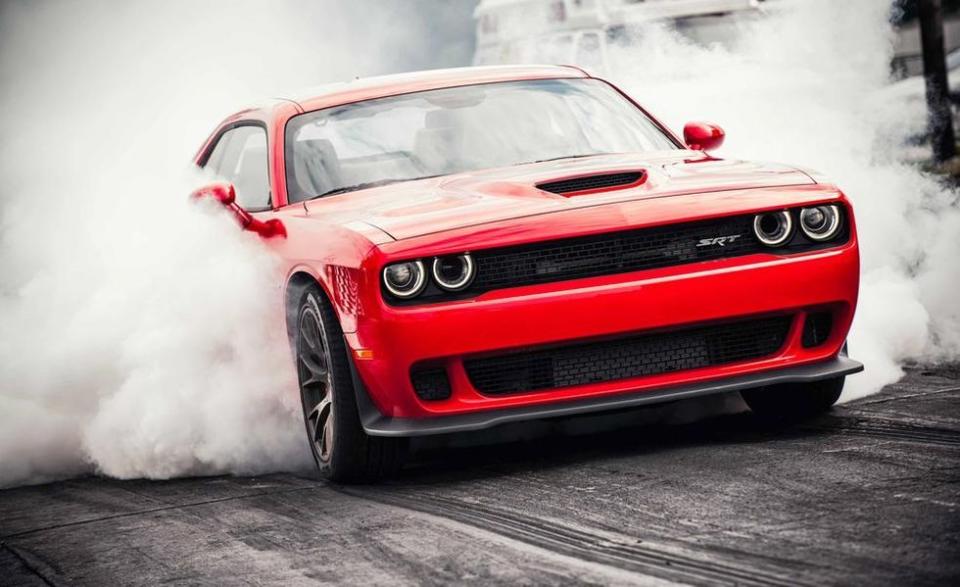
2015 Dodge Challenger Hellcat – In May I wrote a column about how Dodge's marketing of the Challenger has set the development of performance cars on a new and profitable path. The Hellcat and its subsequent developments don't handle, they weigh too much, and they look an awful lot like the Challenger SXT you can rent at Avis. But the output ratings start at 707 horsepower and go up from there, and the margins on them put money in FCA's bank.

2012 Tesla Model S – Elon Musk has leveraged every edge granted by government to put Tesla in the game. He also did the smart thing every other electric-car maker should have, by giving his flagship Model S the form factor of a luxury car instead of an econobox. He knew that virtue-signaling members of the ruling class wanted comfort and panache to go with their environmental sensibilities. Tesla has had quality and production issues, but the cars are good to drive, and the company is sticking around.
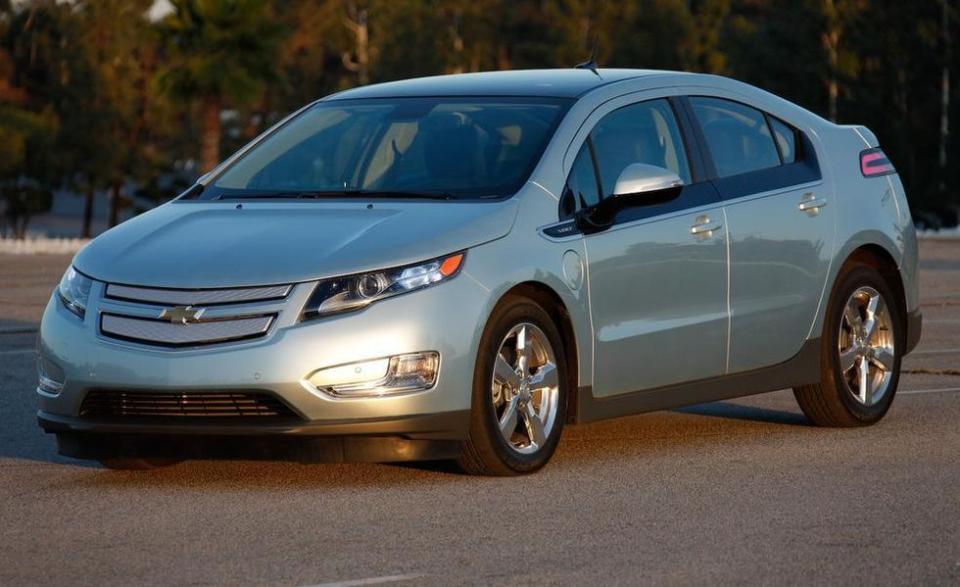
2011 Chevrolet Volt – GM shot out its engineering heart in making the sophisticated plug-in-hybrid Volt work. The problem is that they couldn't make enough people care about a car that was perceived as a Cruze with a battery. Volt production ceased in February of this year. The Volt's failure shows something about what hybrids must be to succeed. Exactly what that something is will be debated.

2010 Ford F-150 Raptor – Beef up the suspension, bulge the fenders, bolt up some big tires, and the result is a truck that Ford can't keep in stock. It's like printing money, with dealers asking insane sums for the privilege of buying a Raptor. Back in 2010 when the Raptor first went on sale, it had a base price of $38,995. The 2020 edition now starts at $54,800. Imitators abound, but none duplicate the Raptor's abilities or success.
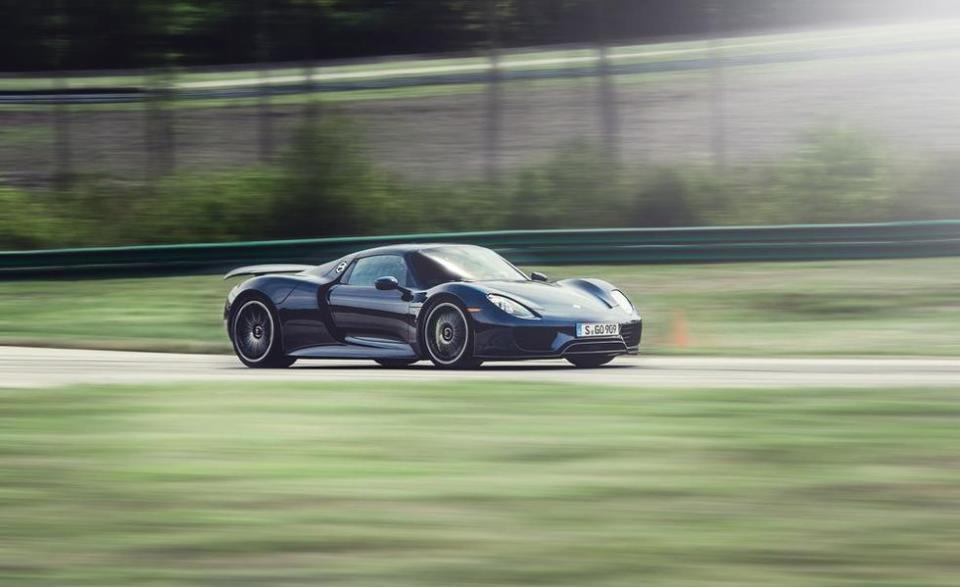
2014 Ferrari LaFerrari, Porsche 918 Spyder, and McLaren P1 – The future of hyper-mega-supercar performance is found in these three hybrids that appeared practically atop one another. Well-heeled buyers seem to be fine with hybrids as long as they're fast . . . and they're Ferraris, Porsches, or McLarens (those three links all go to stories about how awesome these particular cars were to drive). The trickle-down from these three monsters has already begun with the second-generation Acura NSX. What's next may be a hybrid version of the C8 Corvette.

2015 Ford F-150 – Aluminum body construction comes to the best-selling vehicle in America, and sales show nary a blip. Meanwhile Ford's marketing of the EcoBoost V-6 has practically killed the V-8 versions of this truck. A revolution in plain sight.
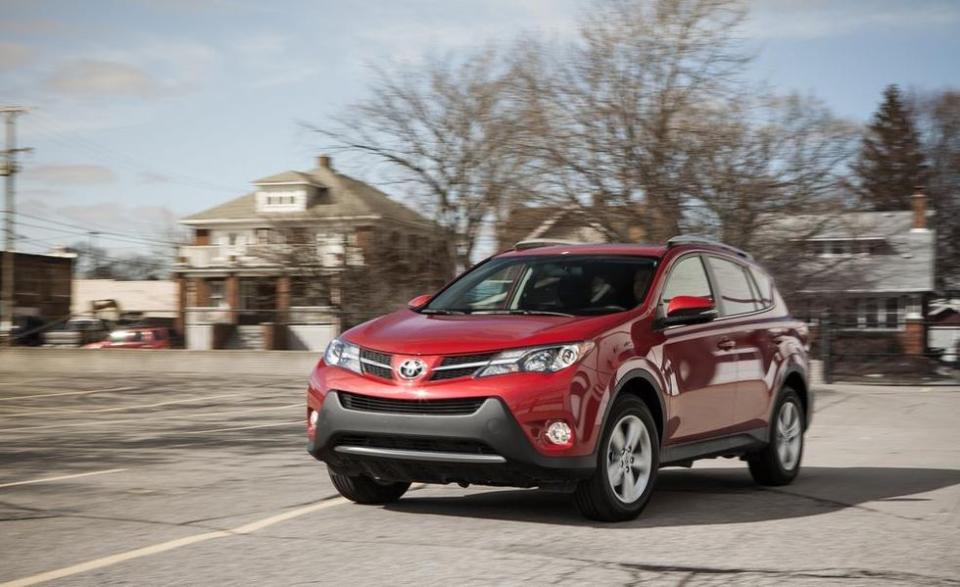
2013 Toyota RAV4 – Toyota sold 171,875 third-generation RAV4s during the 2012 model year. With the introduction of a new fourth-generation RAV4 at the 2012 Los Angeles auto show, that number jumped to 218,249 for 2013. In its last year, 2018, Toyota put an astonishing 427,168 fourth-generation RAV4s in American garages. Since 2017 the RAV4 has outsold the Camry to become Toyota's best-selling product. The fifth-generation RAV4 appeared for 2019 and is now comfortably established as the best-selling vehicle in America that isn't a full-size pickup truck. Beyond that, four of the top 10 best-selling vehicles are now compact-crossover SUVs. Trunks are doomed.
2014 Mercedes F1 W05 Hybrid – This is what racing dominance looks like in the second decade of the 21st century. Of the 19 races run in 2014, the W05 Hybrid won 16 of them. Of course, Mercedes won the Constructors' Championship, and Lewis Hamilton used his to win the Drivers' Championship. Then in 2015, the W05 Hybrid's successor, the W06 Hybrid, won another 16 of 19.
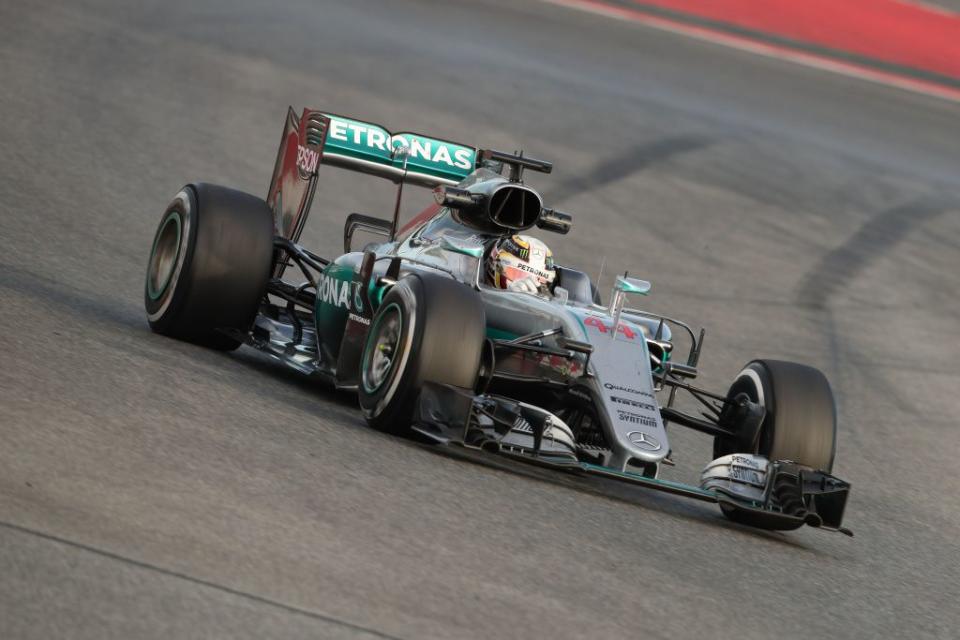
The W07 Hybrid took 19 of 21 in 2016. The W08 EQ Power+ went 12 for 20 in 2017. Only in comparison does the 2018 car seem a letdown, as the W09 EQ Power+ took 11 of 21. At this writing, in 2019 the W10 EQ Power+ is 10 for 12. Ferrari won six straight Constructors' Championships between 1999 and 2004. The smart money is on Mercedes topping that.

2014 Porsche 919 Hybrid – Three straight overall wins—2015, 2016, and 2017—at the 24 Hours of Le Mans is impressive. Plus three straight LMP1 FIA Endurance championships those same years is pretty good, too. Then last year, running beyond the rules, the 919 Evo shattered the overall record at the 12.9-mile, 73-turn Nürburgring Nordschleife circuit with a 5:19.55 run under the spur of Timo Bernard. Awesome looks like the 919.
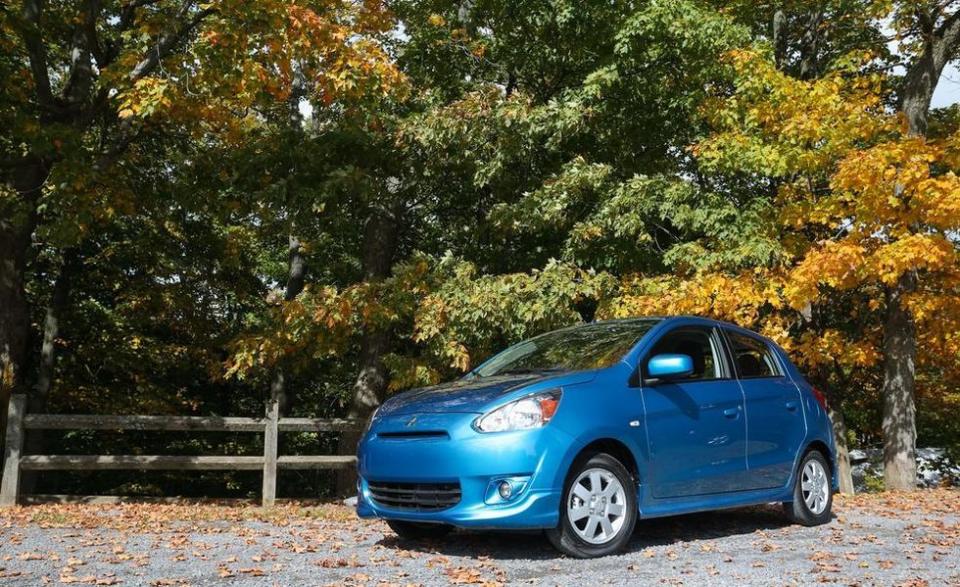
2014 Mitsubishi Mirage – It's a terrible car, and C/D has told you so on many occasions. But as much as it is despised, it has sold better every year since that 2014 debut, except for 2016 when it was absent from our market entirely. A full 24,316 hit America's roads in 2018, which is not a huge number but does represent continued growth even after we called it out as rolling rubbish on tiny, ugly wheels. It's a reminder of the not-all-that-awesome persuasive power that is in our hands at C/D.
You Might Also Like

 Yahoo News
Yahoo News 
